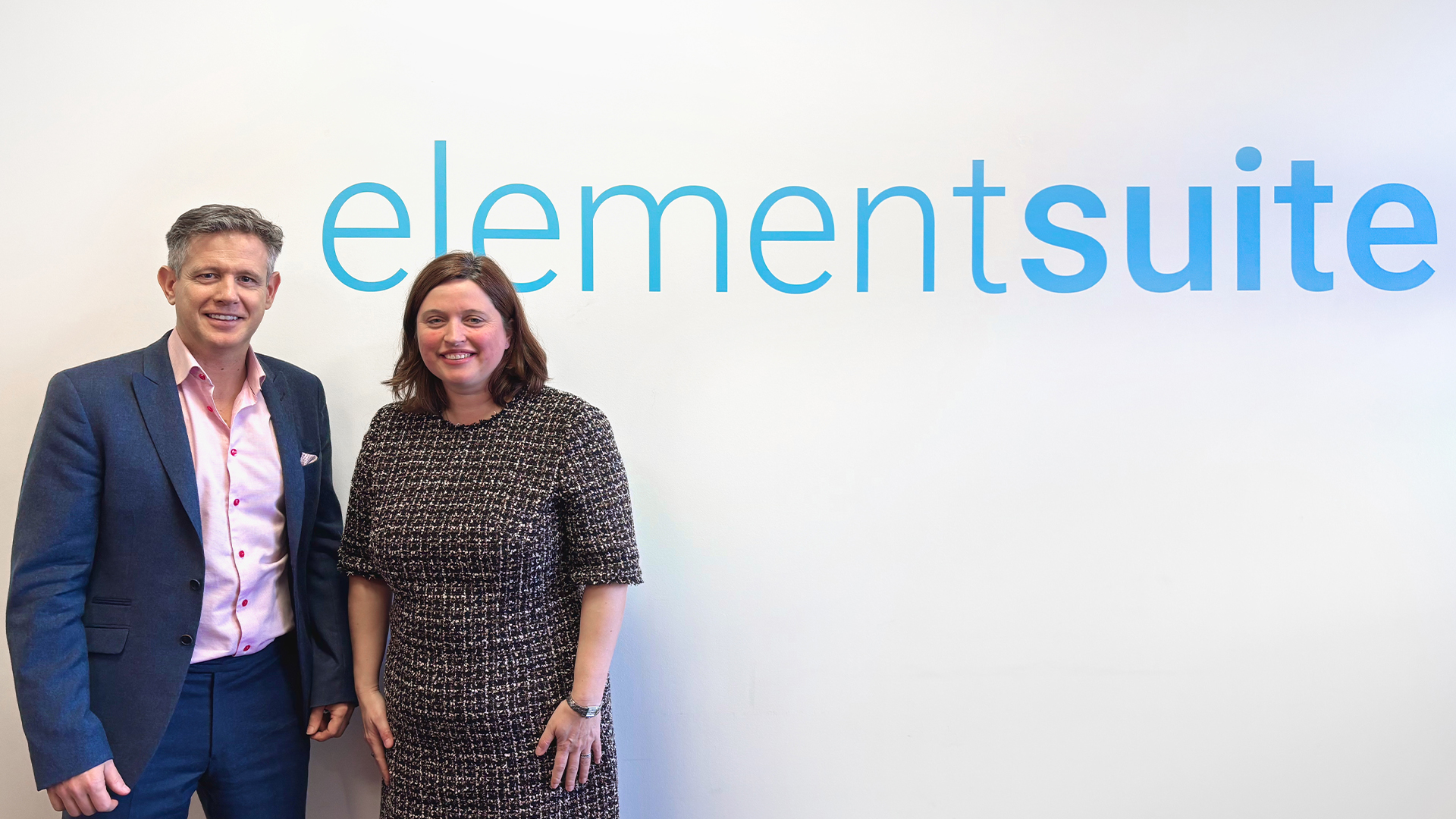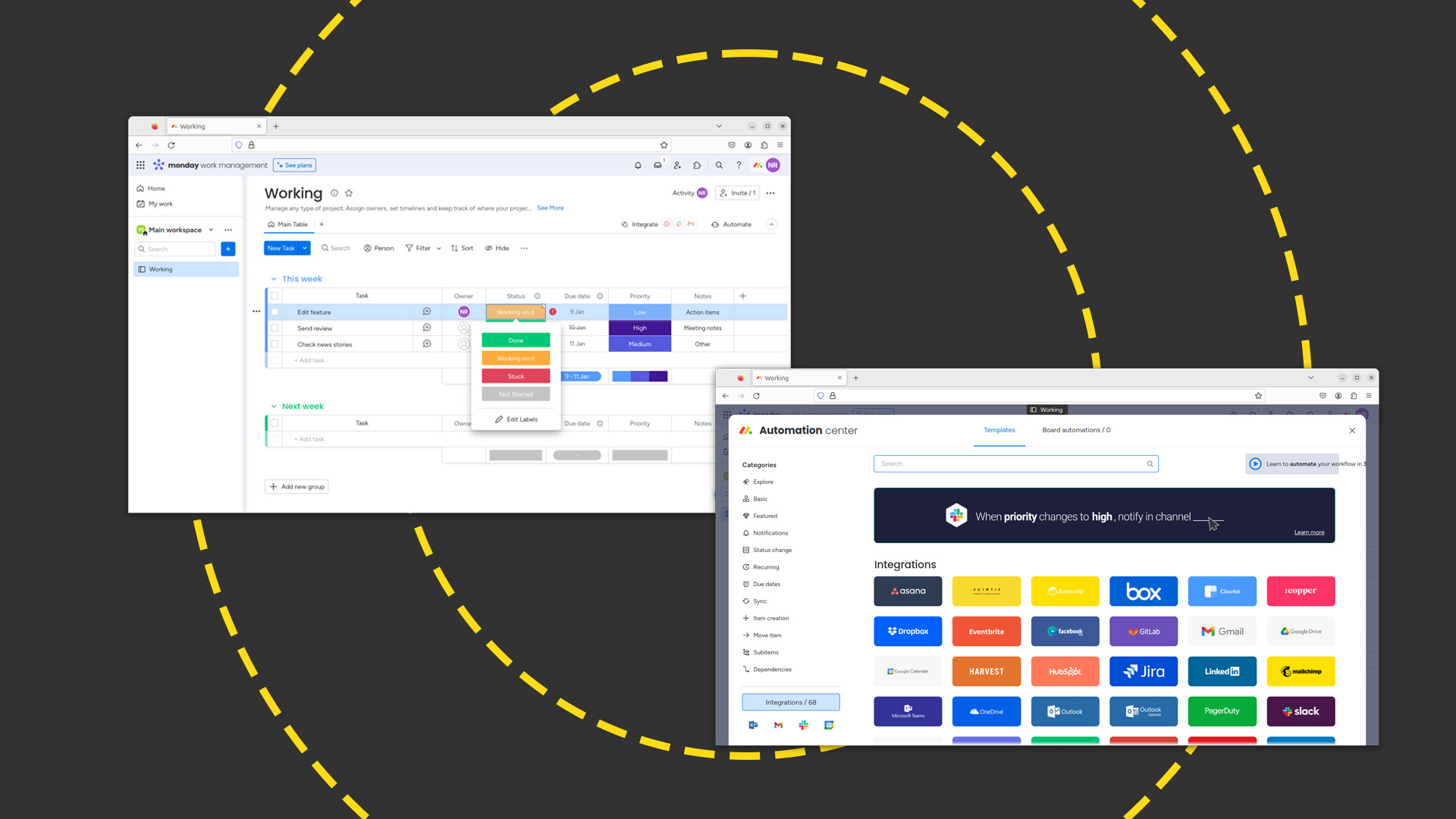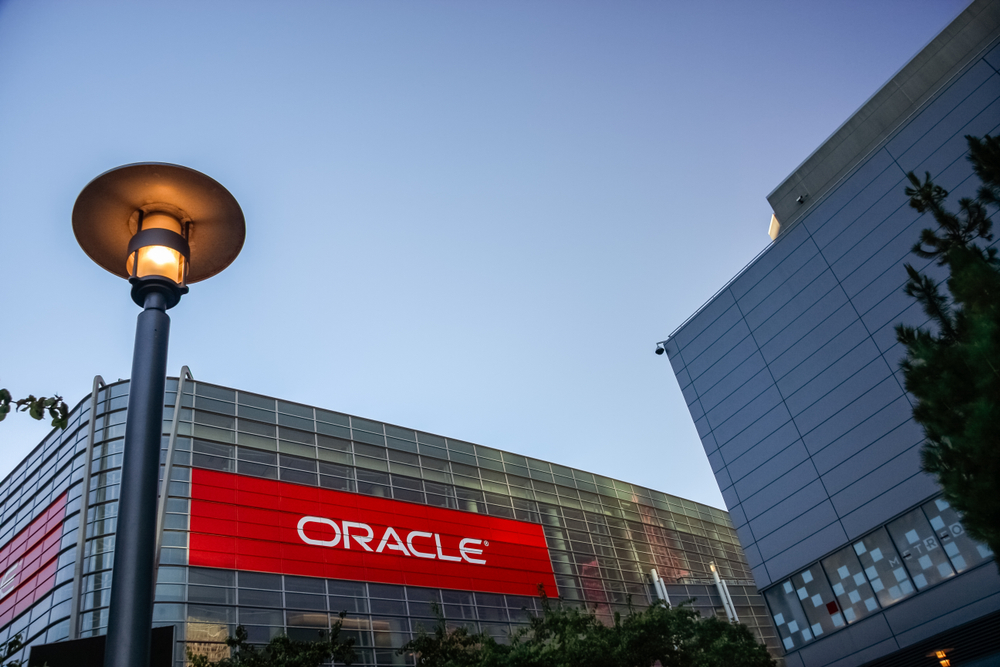CA's CTO Al Nugent: "Enterprise IT is like a lasagne"
On the eve of the closing day of CA’s annual user conference, its chief technologist talks about the strategic and technological direction of the management software firm.


CA only gathers its customers and partners together every 18 months or so for its regular corporate event in Las Vegas, so IT PRO grabbed the opportunity to catch up with what it's been up to since the last CA World.
The last few years have been anything but idle for the world's seventh-largest software firm, having been embroiled in refinancing large amounts of debt, proxy battles between its board and shareholders and executive accounting and insider-trading scandals. But this last 18 months has marked a period of quiet stability in comparison, posting its seventh consecutive quarter of growth off the back of strong software license sales earlier this summer.
As CA chief technology officer (CTO), it is Al Nugent's job to make sure the company's portfolio is positioned to build and capitalise on such growth. Nugent joined CA in April 2005 from Novell where, as senior vice president and CTO, he pushed the networking software vendor to more fully embrace open source technology - most notably with the 2003 purchase of German distribution company SUSE Linux.
Nugent spoke to IT PRO this week on the sidelines of the conference about how he is shaping CA's technology roadmap, strategy and vision going forward and how this relates to the raft of new announcements around virtualisation, automation and governance made at this year's event.
IT PRO: CA has made much of its strategic "enterprise IT management" (EITM) vision at this year's customer and partner event. But characterises and differentiates your vision from an IT professional's view of the many vendors who sell enterprise IT management products generically?
Nugent: The difference between our vision of enterprise IT management and how the phrase is understood generically by the industry overall is that we recompose that vision into the three threads that are broader that what people may consider the remit of IT: they are governance, management and security.
I like to think that translates to us being the SAP of the IT industry or the Salesforce.com of CRM [customer relationship management] vendors. The EITM vision suggests we want to be the company people think of when they govern, manage or secure their enterprises, across industries.
Get the ITPro daily newsletter
Sign up today and you will receive a free copy of our Future Focus 2025 report - the leading guidance on AI, cybersecurity and other IT challenges as per 700+ senior executives
The ability to take hold of these integrated products and make them look and feel as though they are part of this integrated suite, even if we maybe don't make them. The big advantage of EITM from an economic point of view is that the concept of the suite of management products extends to third-party technology. We know that, when we go into an environment, we may not necessarily be the incumbent in say, the network management space - it could be HP Open View - and the customer may want to use our identity management solutions, for example. So what they'll do is install our product and we will, through adapters, create a view of an integrated suite, independent of the fact that it may happen to contain Open View. And then you can throw in Wily into the application performance management as well, for instance.
Our products are building blocks of each other. Throughout the entire portfolio we have a set of ITIL [IT Infrastructure Library] based, out-of-the-box processes in much, again, the same way as SAP. When you buy one of our products, it comes with accounts payable and order processing capabilities, say, straight out of the box.
So if you could qualify all the necessary requirements for successful EITM, what would the ideal ingredients and recipe be?
EITM comes down to the ability to take independent products and make them look, feel and operate like part of an integrated platform. So, to use the recipe metaphor, you might see CA products also running alongside the likes of heavy-lifting SOA [service oriented architecture] products from a Tibco for instance, as a lot of financial services and telcos might do. It all depends on the industry, the business and that business's requirements.
A 25-year veteran enterprise technology expert, Miya Knights applies her deep understanding of technology gained through her journalism career to both her role as a consultant and as director at Retail Technology Magazine, which she helped shape over the past 17 years. Miya was educated at Oxford University, earning a master’s degree in English.
Her role as a journalist has seen her write for many of the leading technology publishers in the UK such as ITPro, TechWeekEurope, CIO UK, Computer Weekly, and also a number of national newspapers including The Times, Independent, and Financial Times.
-
 Should AI PCs be part of your next hardware refresh?
Should AI PCs be part of your next hardware refresh?AI PCs are fast becoming a business staple and a surefire way to future-proof your business
By Bobby Hellard
-
 Westcon-Comstor and Vectra AI launch brace of new channel initiatives
Westcon-Comstor and Vectra AI launch brace of new channel initiativesNews Westcon-Comstor and Vectra AI have announced the launch of two new channel growth initiatives focused on the managed security service provider (MSSP) space and AWS Marketplace.
By Daniel Todd
-
 More than half of UK enterprises regret at least one software purchase – here’s how to prevent buyer’s remorse
More than half of UK enterprises regret at least one software purchase – here’s how to prevent buyer’s remorseNews More than half of UK enterprises regret at least one software purchase they've made in the last 18 months.
By Emma Woollacott
-
 Zellis snaps up AI-powered HR software firm elementsuite
Zellis snaps up AI-powered HR software firm elementsuiteNews Elementsuite will be integrated with Zellis’ own payroll and HR software offering
By Daniel Todd
-
 ‘SaaS dependency’ is becoming a major issue for tech leaders
‘SaaS dependency’ is becoming a major issue for tech leadersNews The survey highlighted issues around maintenance, innovation, and data
By Emma Woollacott
-
 Monday.com review: Work management platform works best when you pay for it
Monday.com review: Work management platform works best when you pay for itReviews The versatile 'Work OS' skilfully balances power, flexibility, and ease of use
By Nik Rawlinson
-
 How big is the Windows 10 cliff-edge?
How big is the Windows 10 cliff-edge?ITPro Network With some comparing the upcoming Windows 10 end of life to Windows XP, we ask members of the ITPro Network for their insight
By Jane McCallion
-
 Rolls-Royce is empowering citizen developers through Power BI
Rolls-Royce is empowering citizen developers through Power BICase Study The rise in employee-led development communities have the power to exceed any CIO’s expectatons
By Rory Bathgate
-
 New Microsoft Teams features for business users
New Microsoft Teams features for business usersIn-depth All the latest Microsoft Teams features after the platform is given a redesign, complete with an AI-powered assistant and a faster engine
By Danny Bradbury
-
 Oracle’s Java subscription changes spark concerns over cost hikes for smaller businesses
Oracle’s Java subscription changes spark concerns over cost hikes for smaller businessesNews Smaller businesses could incur significant cost hikes as high as 1,400% with most new customers expected to pay at least double
By Ross Kelly